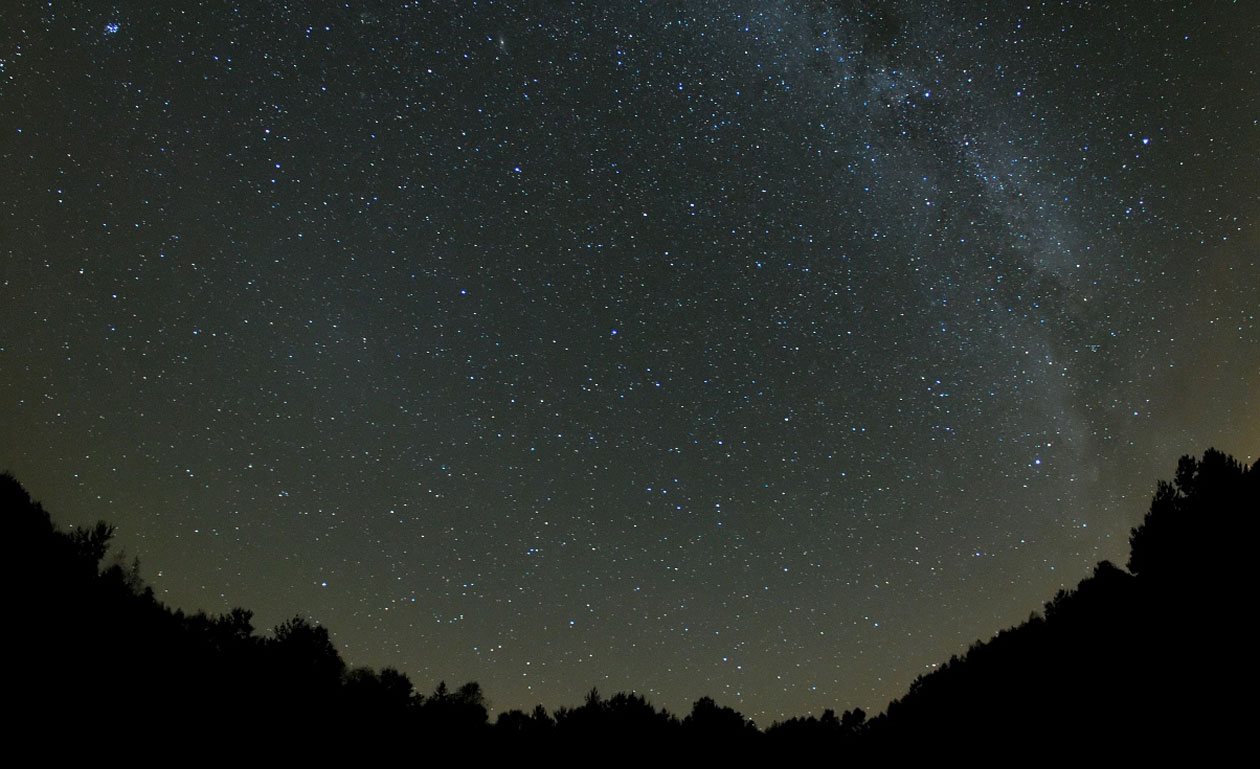
Gegenschein, Counter Glow |

| About - Submit | Optics Picture of the Day | Galleries | Previous | Next | Today |


| The antisolar point opposite the sun is home to the opposition effect, the heiligenschein, the centre of the rainbow, the glory and the convergence of shadows and anticrepuscular rays. All are from scattering by the ground or dust or water droplets in the atmosphere. The gegenschein, another antisolar effect, is not of the Earth � it is light scattered by interplanetary dust grains extending out in a huge disk almost to the orbit of Jupiter. Each grain is 1- 300 micron (0.001 - 0.3 mm) across miles from a neighbour. By the standards of visible light it is large and mostly scatters sunlight forwards, only slightly deflected, but some is scattered backwards though less strongly. Sunlight forward scattered by particles between Earth and Mercury's orbit give us the pearly cone seen before sunrise and after sunset, the zodiacal light. The gegenschein is backwards scattered light by particles outwards from Earth to the asteroid belt. The brighter zodiacal light is elusive enough. It used to be described as visible only in or near the tropics where the ecliptic makes a steep angle with the horizon. However, at the right time of year and with skies unpolluted by artificial lights it can be seen in Northern Europe, Canada and USA. The much fainter gegenschein is much harder and Radek�s image from Poland is possibly a first from so far north. |